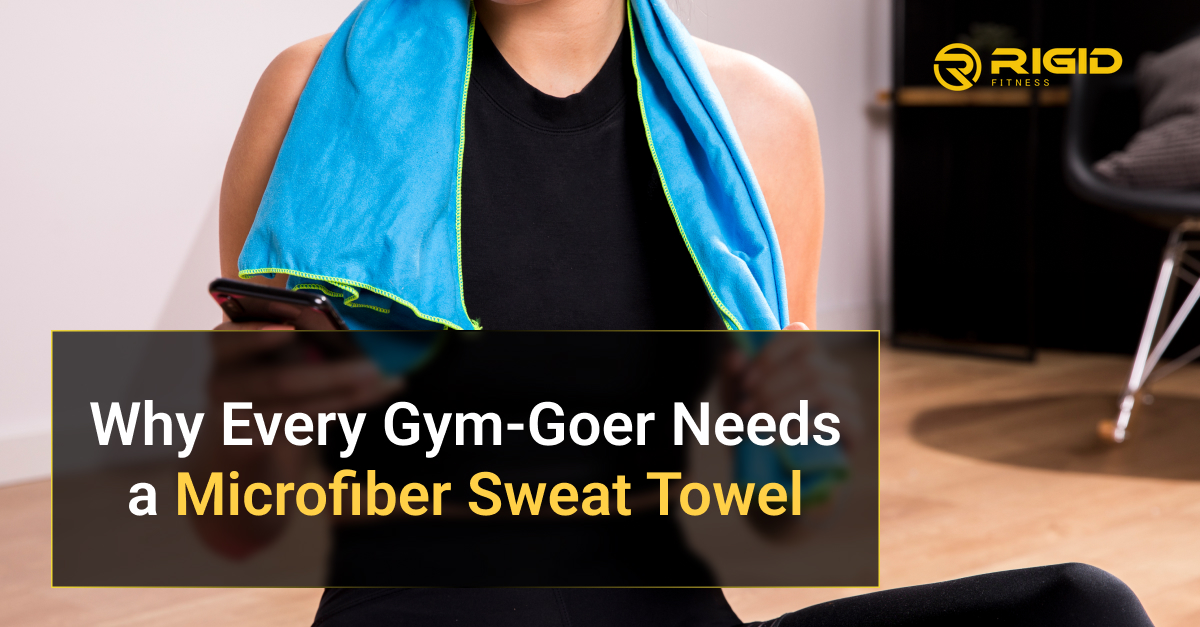

When it comes to strength training and weightlifting, grip strength often determines how far you can push your limits. Even the most experienced athletes face challenges such as slippery hands, calluses, or wrist strain that can interfere with performance. That’s where the best gym gloves and lifting straps come in. These essential accessories not only enhance your grip but also protect your hands, prevent injuries, and help you lift heavier and train smarter.
Whether you’re a beginner starting your fitness journey or a seasoned lifter aiming for new personal records, understanding the importance of the right training gear can make a world of difference. Let’s explore how gym gloves and lifting straps work, why they’re vital for safe training, and how to choose the perfect pair for your needs.
Your grip is the foundation of nearly every upper-body exercise. From deadlifts and pull-ups to rows and bench presses, your ability to hold the bar or handle securely affects your performance, technique, and safety. A weak or unstable grip can cause the bar to slip, leading to poor form or even injury.
As you lift heavier weights, your forearms and hands often fatigue faster than the larger muscles they support. This imbalance can limit your progress, especially in exercises where grip strength becomes the limiting factor. That’s why many fitness enthusiasts rely on gloves and straps to extend their endurance and protect their hands.
Gym gloves are designed to provide better traction, comfort, and protection during workouts. They create a barrier between your hands and the rough surfaces of bars, dumbbells, or machines.
One of the main reasons athletes choose the best gym gloves is to improve their grip. Sweaty palms can cause slipping, affecting performance and increasing the risk of dropping weights. Gloves with anti-slip padding or textured palms help maintain a firm hold, allowing you to lift with confidence.
Repeated friction from lifting bars or using machines can lead to painful calluses and blisters. Gym gloves act as a cushion, reducing skin irritation and allowing you to train longer without discomfort.
Some gym gloves come with integrated wrist wraps that provide additional support, particularly during heavy lifts. This helps prevent hyperextension and reduces strain on the wrist joints, making it easier to maintain proper form.
Wearing gloves can also enhance hygiene, especially when using shared gym equipment. They prevent direct contact with bacteria on handles and benches, which is particularly beneficial in public gyms.
Lifting straps serve a slightly different purpose from gloves, although they complement each other well. These straps wrap around your wrists and the barbell or dumbbell, effectively reinforcing your grip.
When grip strength becomes a limiting factor, lifting straps take some of the pressure off your forearms and hands. This allows you to lift heavier weights and perform more repetitions without worrying about your grip failing first.
During exercises like deadlifts, shrugs, or pull-ups, grip fatigue can set in quickly. Lifting straps distribute the load more evenly, so you can focus on engaging target muscles, such as the back and shoulders, rather than constantly worrying about holding the bar.
By reducing tension in your grip, straps help prevent overuse injuries in the hands and wrists. This can be particularly beneficial for individuals recovering from tendon strain or carpal tunnel issues.
With less energy spent maintaining your hold, you can concentrate on proper form and muscle engagement. This improves training efficiency and helps in achieving better muscle activation during workouts.
Both gym gloves and lifting straps serve unique purposes. The best gym gloves focus on comfort, hand protection, and grip enhancement, while lifting straps are performance tools designed for heavy lifting.
If you’re doing high-rep training, bodyweight exercises, or machine workouts, gloves are ideal. They protect your hands and improve grip without altering your natural motion. On the other hand, if your goal is to lift heavy, especially with deadlifts, rows, or pull-ups, lifting straps can help you push beyond grip limitations.
Many professional athletes use both depending on the workout. For example, they may wear gloves for general training and add straps during heavy compound lifts.
Choosing the best gym gloves means focusing on comfort, durability, and support. Here are key features to consider when buying a pair:
Look for gloves made from breathable and durable materials like leather, microfiber, or neoprene. These materials offer both flexibility and longevity, ensuring the gloves can withstand intense use.
The palm area should have adequate padding to protect your skin while providing a firm grip. Some gloves have silicone patterns or rubber textures that prevent slipping.
Integrated wrist wraps add stability and prevent joint strain. If you frequently lift heavy weights, this feature is especially valuable.
Sweaty hands can be uncomfortable and unhygienic. Mesh or ventilated panels keep your hands cool and dry during workouts. Always choose gloves that fit snugly but not too tight, as this ensures comfort and freedom of movement.
Pull tabs or velcro straps make it easier to wear and remove gloves quickly. This is convenient during circuit training or when switching between exercises.
Just like gloves, not all lifting straps are created equal. Choosing the right type can significantly impact your lifting experience.
Cotton straps are common and provide a good grip, while leather straps offer durability and strength. Nylon straps are another option, offering flexibility and comfort.
Longer straps wrap around the bar more times, providing better grip security. However, beginners might prefer medium-length straps for easier handling.
Some straps have neoprene padding around the wrist area for added comfort and reduced pressure.
There are three main types:
Even the best gym gloves and lifting straps won’t help if used incorrectly. Here are some mistakes to watch out for:
Injuries like torn calluses, wrist strain, and tendon inflammation are common among weightlifters. By using protective gear like gloves and straps, you reduce friction, distribute load evenly, and stabilize the wrists during heavy lifts.
Together, they create a safer and more effective training experience.
To get the most out of your training accessories, proper maintenance is essential.
These small steps can greatly extend the lifespan of your fitness gear.
Investing in quality workout gear is about more than aesthetics; it’s about performance, comfort, and safety. When you choose the best gym gloves and high-quality straps, you’re ensuring:
Every serious lifter knows that accessories are not just add-ons; they’re part of a well-rounded fitness toolkit.
Your grip can be the deciding factor between a good workout and a great one. The right combination of the best gym gloves and lifting straps allows you to train harder, lift heavier, and stay injury-free. They provide the comfort and stability your hands and wrists need while allowing you to focus entirely on muscle engagement and proper form.
Incorporating gloves and straps into your routine doesn’t make you less of a lifter; it makes you a smarter one. With enhanced grip, reduced fatigue, and better hand protection, you can challenge your limits and reach new heights in your fitness journey.
Remember, the ultimate goal isn’t just lifting more weight, it’s lifting safely and effectively. With the best gym gloves and reliable lifting straps by your side, you can elevate every workout and protect your body for the long haul.

Starting a fitness journey can feel both exciting and intimidating, especially if you’re completely new to exercise. You might be

If you’ve ever seen an athlete wearing small pads attached to their muscles, connected by wires or a wireless device,

If you’ve ever stepped into a gym without a towel, you’ve likely experienced that awkward moment when sweat starts dripping

